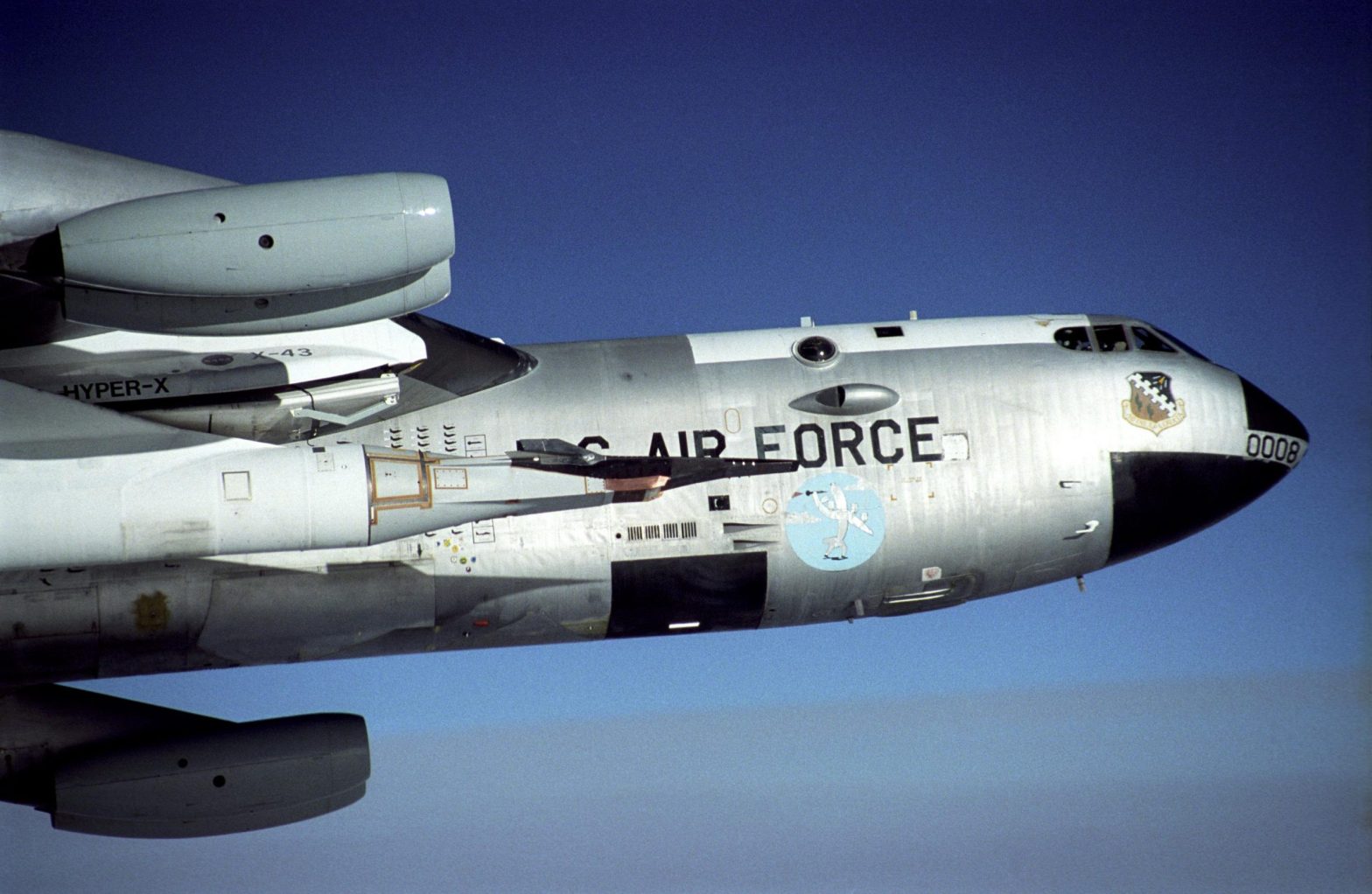Simplified Human/Machine Interfaces Top List of Critical DoD Technologies
A modern-day cell phone packs quite a wallop when it comes to computing technology and capability. But most cell phones barely come with a “quick start guide,” let alone an instruction manual that spells out how to use all the features. Cell phone companies have mastered the interface between humans and technology, making their use…


















